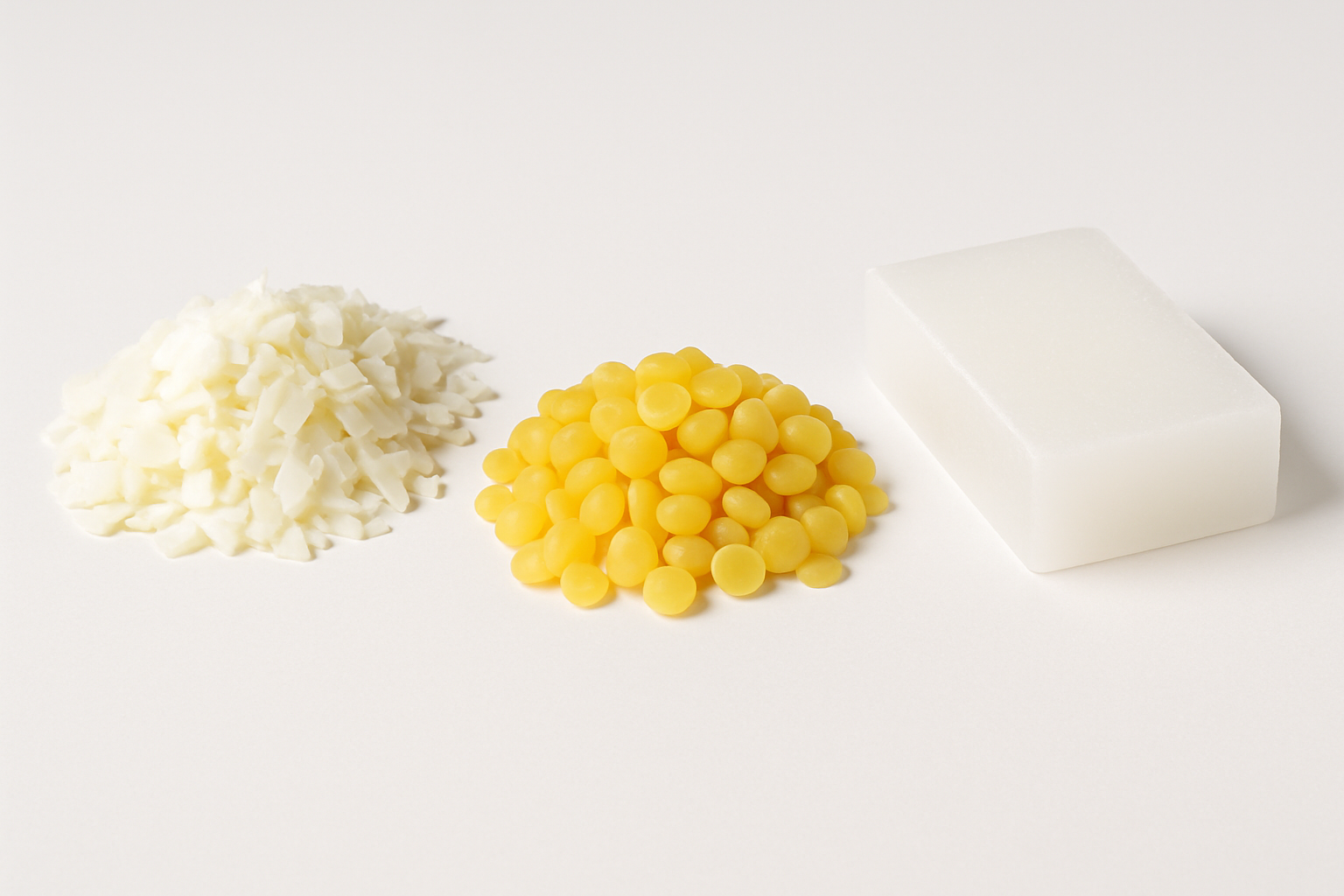Candles have illuminated human life for thousands of years, serving both practical and ceremonial purposes. The earliest known candles date back to ancient Egypt, where rushes were soaked in animal fat, providing a primitive source of light for religious ceremonies and everyday use. This early form of candle-making laid the foundation for what would evolve into a diverse industry. The Romans improved upon this by creating dipped candles from beeswax, which offered a cleaner burn and a more pleasant aroma, making them more suitable for indoor use.
During the Middle Ages, candles became integral to both religious practices and domestic life. Tallow, rendered from animal fats, was introduced as a cheaper alternative to beeswax, though it produced smoke and an unpleasant odor when burned. The candle-making process continued to develop through the centuries, with advancements in materials and techniques. The Industrial Revolution in the 19th century brought significant changes, including the introduction of stearin, derived from animal fats, which created a harder, longer-burning candle. This innovation allowed for greater efficiency and affordability.
The late 1800s saw the advent of paraffin wax, a by-product of petroleum refining, which became the standard for candle production due to its low cost and ease of manufacturing. Paraffin wax allowed candle makers to produce large quantities of candles quickly and at a fraction of the cost of natural waxes. However, while paraffin gained popularity, it also raised concerns about its environmental impact and potential health risks.
Today, various waxes are used in candle-making, including beeswax, soy wax, palm wax, and paraffin. Each type has unique properties and benefits, appealing to different consumer preferences. Beeswax, for instance, is natural and emits negative ions when burned, helping to purify the air. Soy wax, derived from hydrogenated soybean oil, gained popularity in the late 20th century due to its renewable nature and cleaner burn. Palm wax is another eco-friendly alternative, known for its unique crystalline appearance and excellent scent throw.
The Rise of Soy and Coconut Soy Wax
In recent years, soy wax has emerged as one of the purest and safest options for candle-making. Made from hydrogenated soybean oil, soy wax burns cleaner than paraffin, producing little to no soot and minimizing indoor air pollution. Additionally, it has a lower melting point than paraffin, allowing for a longer burn time and a better scent throw. Coconut soy wax, a blend of soy and coconut wax, has gained traction for its creamy texture and excellent fragrance-holding properties, making it a favorite among artisanal candle makers and consumers seeking natural products.
Unfortunately, many commercial candles still rely on paraffin wax, often marketed as "soy blend." While these products may contain some soy wax, they frequently include high levels of paraffin, which is linked to various health concerns. When burned, paraffin can release harmful chemicals, including benzene and toluene—both known carcinogens that can cause respiratory issues, headaches, and other health problems. Prolonged exposure to these toxic fumes can lead to chronic respiratory diseases and even certain types of cancer.
In addition to the dangers posed by paraffin, many mass-produced and department store candles contain other toxic chemicals such as phthalates and synthetic fragrances. Phthalates are used to stabilize synthetic fragrances, and they are known endocrine disruptors that can lead to serious health issues, including hormonal imbalances, reproductive harm, and developmental problems in children. Other harmful ingredients may include formaldehyde and acetaldehyde, both of which can irritate respiratory pathways and have been linked to cancer. The cumulative exposure to these toxic substances in candles can significantly impact indoor air quality and overall health, making it crucial for consumers to be aware of what they are burning in their homes.
Apothecary by Justin: Pure Nature, No Chemicals
At Apothecary by Justin, we pride ourselves on creating candles that are free from harmful chemicals. Hand-poured in Melbourne, our candles are made from pure, natural waxes with no additives or synthetic fragrances. Each batch is carefully crafted and matured for at least two weeks to enhance the scent profile and ensure a high-quality burn. By using only the finest ingredients, we prioritize both health and environmental sustainability.
Our commitment to quality means that you can enjoy the warm glow and delightful aromas of candles without compromising your well-being. With Apothecary by Justin, you are not just purchasing a candle; you are investing in a product that nurtures your home and supports your health. Our candles are designed to create a calming atmosphere, making them perfect for relaxation and mindfulness practices.
The Health Benefits of Burning a Candle
Burning a candle can bring numerous health benefits, both physical and psychological. The flickering light of a candle creates a warm and inviting atmosphere, promoting relaxation and reducing stress. Light therapy, often used in wellness practices, benefits from the soft glow of candlelight, which can help elevate mood and improve mental clarity.
Moreover, candles made from natural waxes, such as soy or beeswax, can contribute to better air quality. Beeswax candles emit negative ions when burned, which can help neutralize pollutants in the air, improving overall respiratory health. The scents released from natural essential oils used in our candles can also have therapeutic effects, such as reducing anxiety and promoting better sleep.
In conclusion, choosing candles made from pure, natural ingredients not only enhances your environment but also supports your health. With Apothecary by Justin, you can rest assured that you are making a conscious choice for your well-being while enjoying the beauty and ambiance that candles bring to your life. Experience the difference of truly natural candle-making—your senses will thank you!


Leave a comment